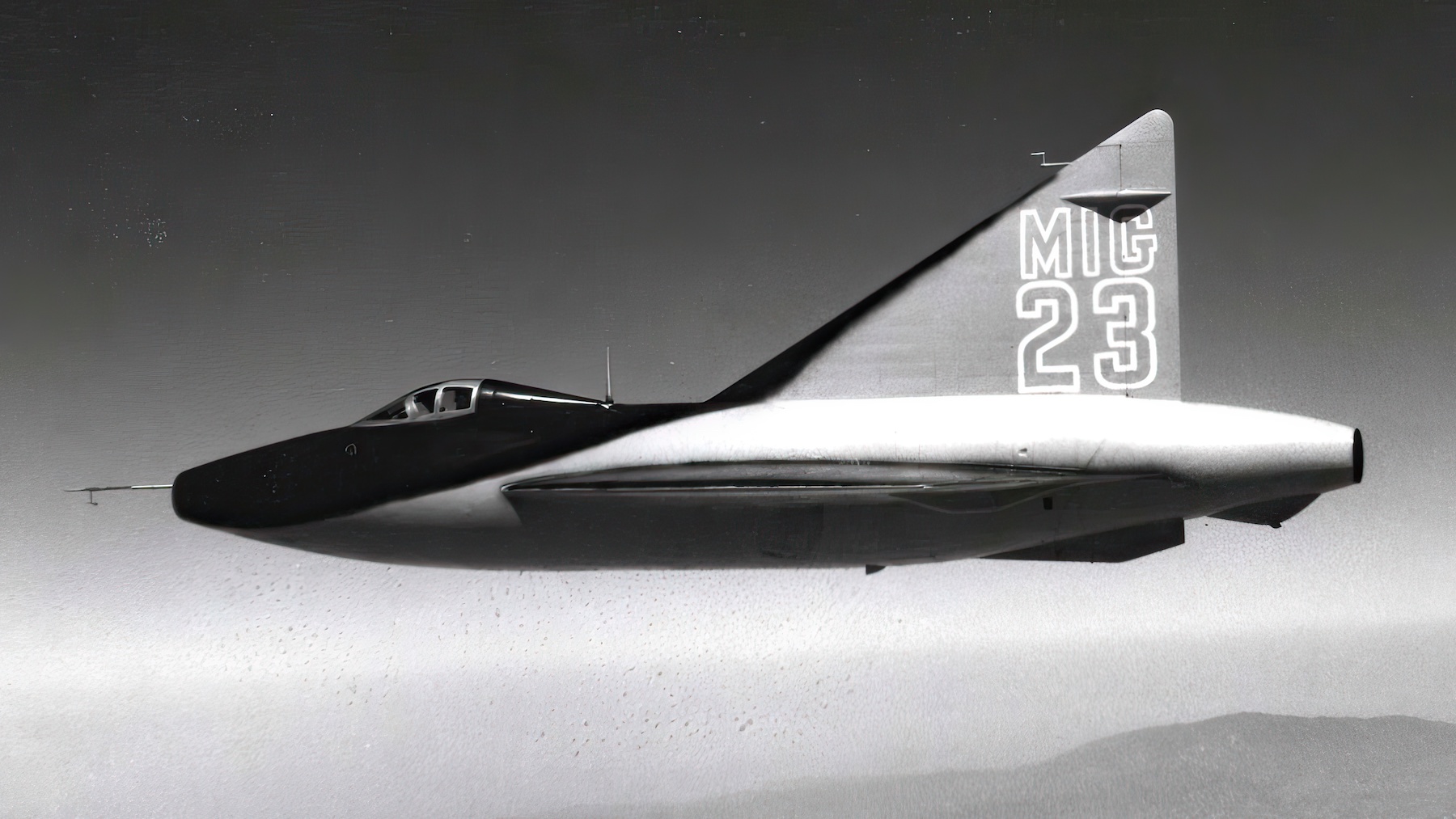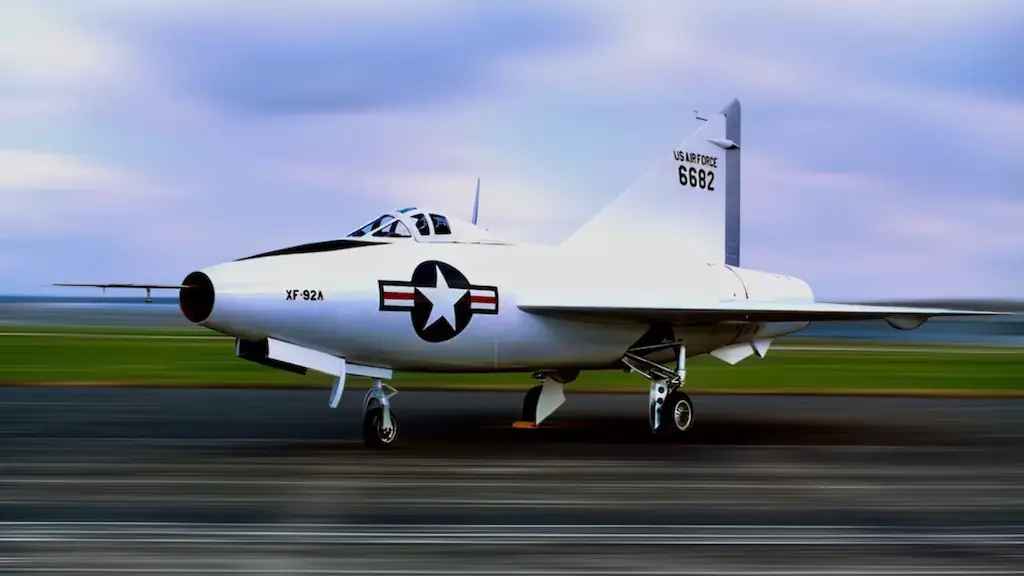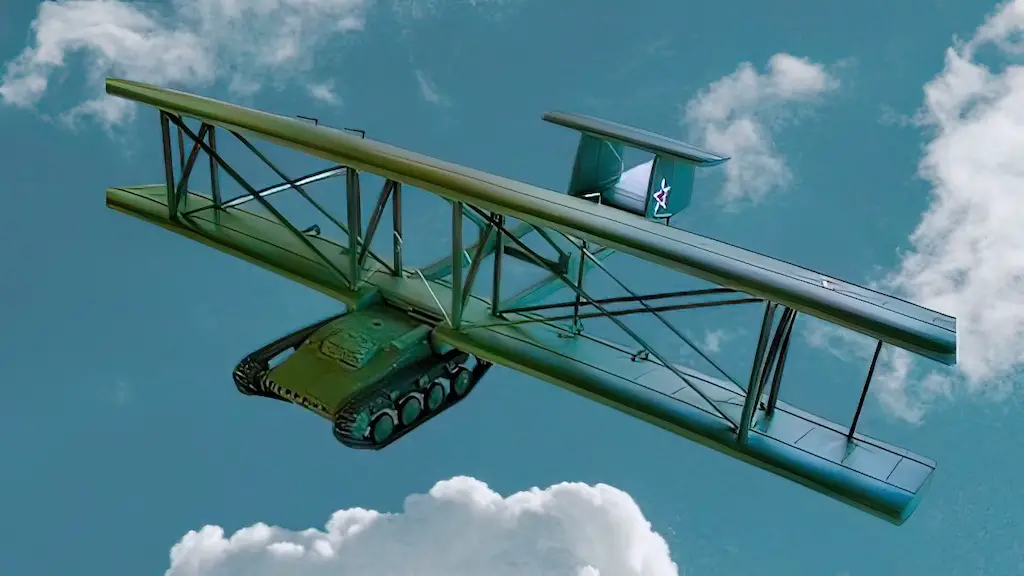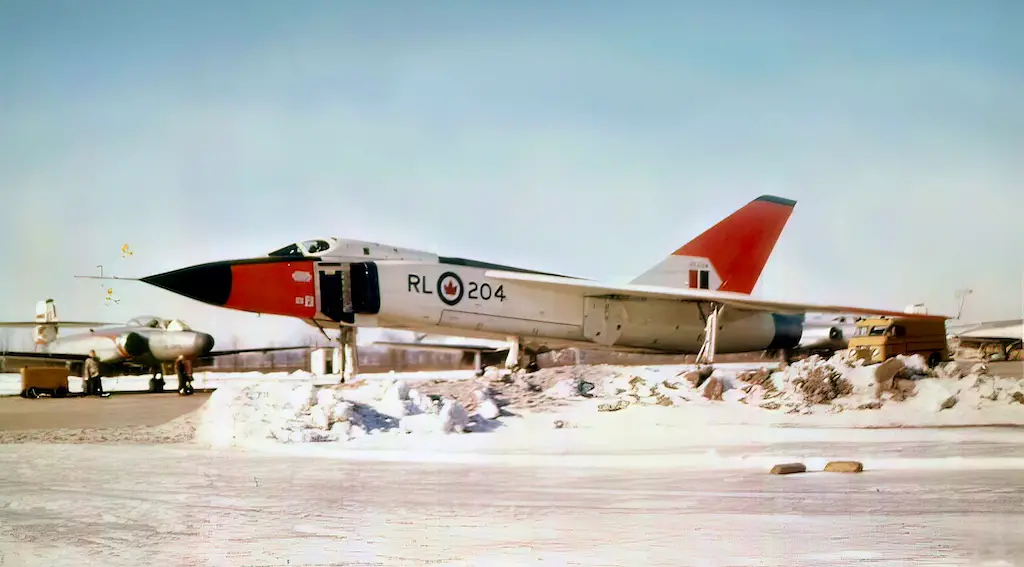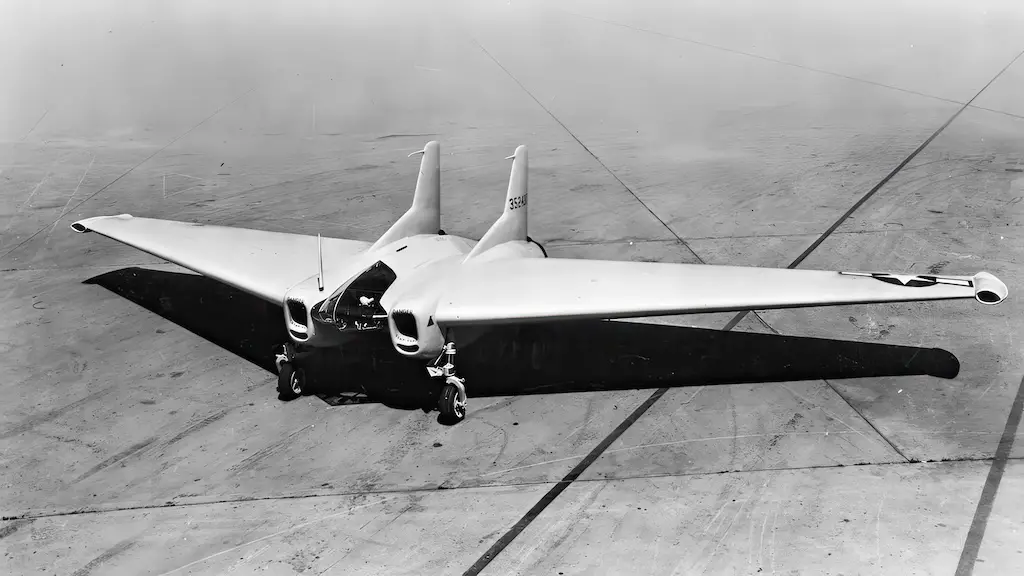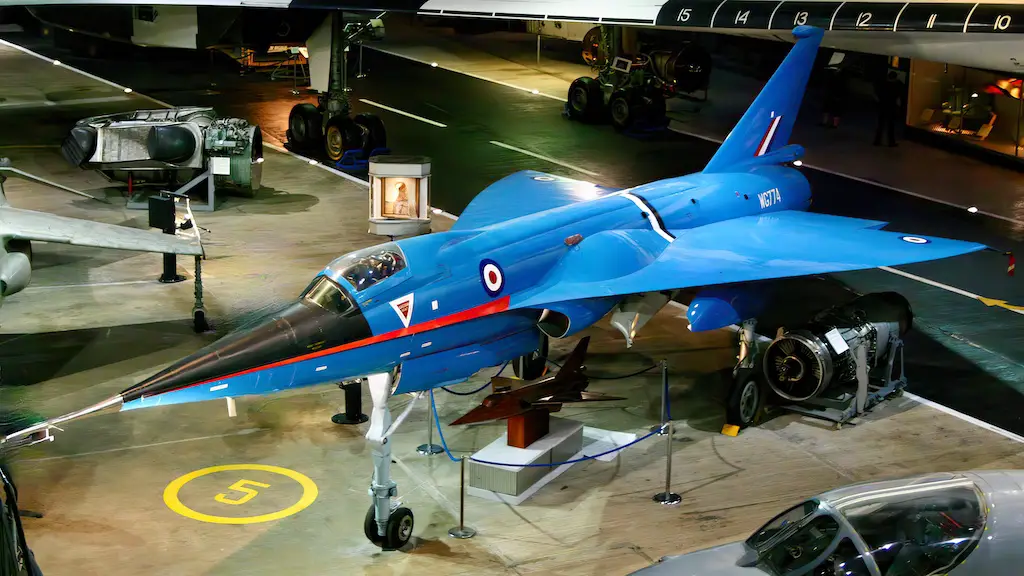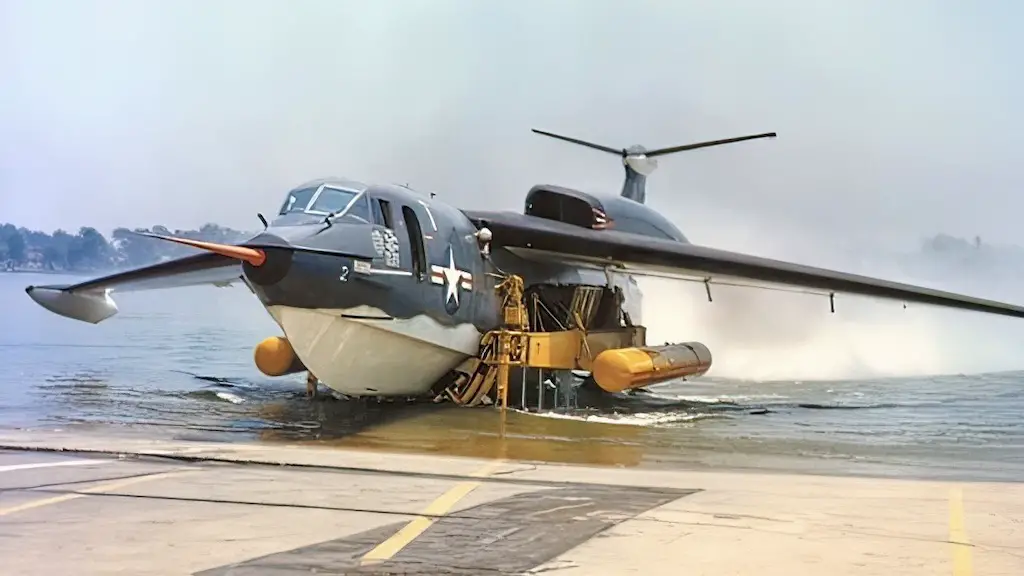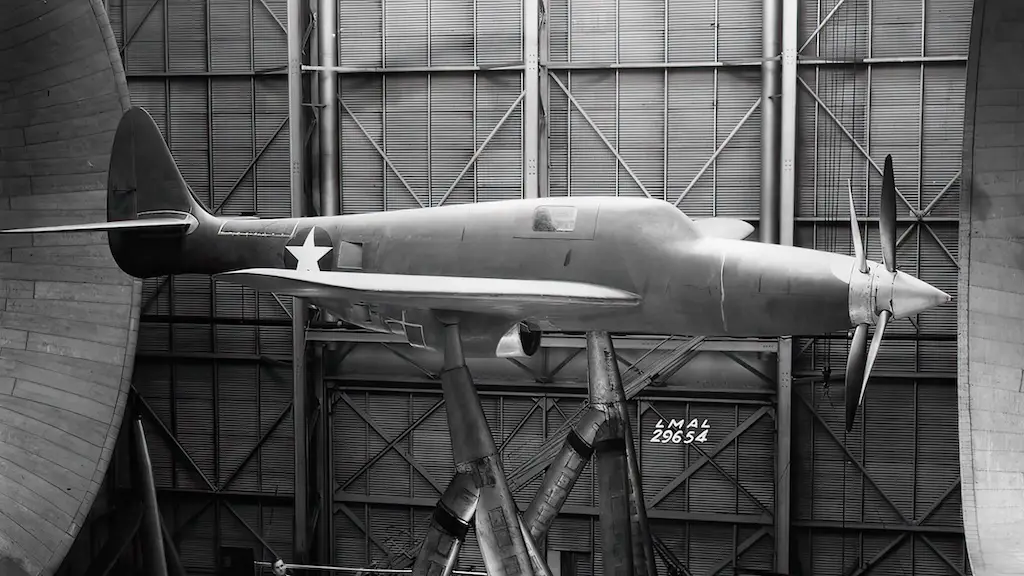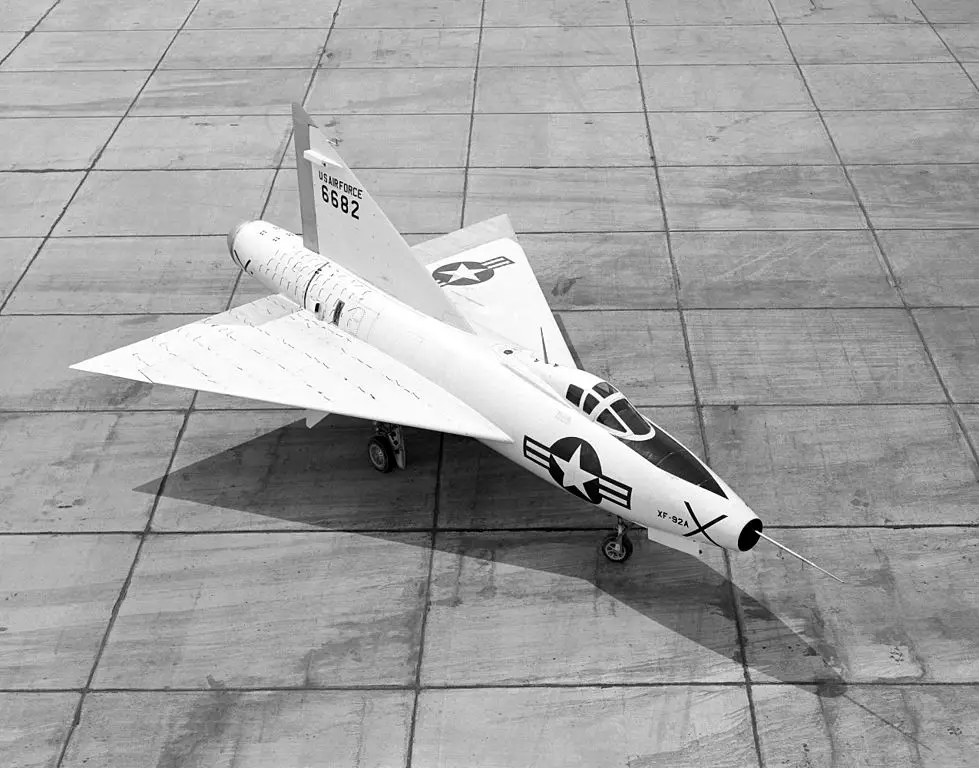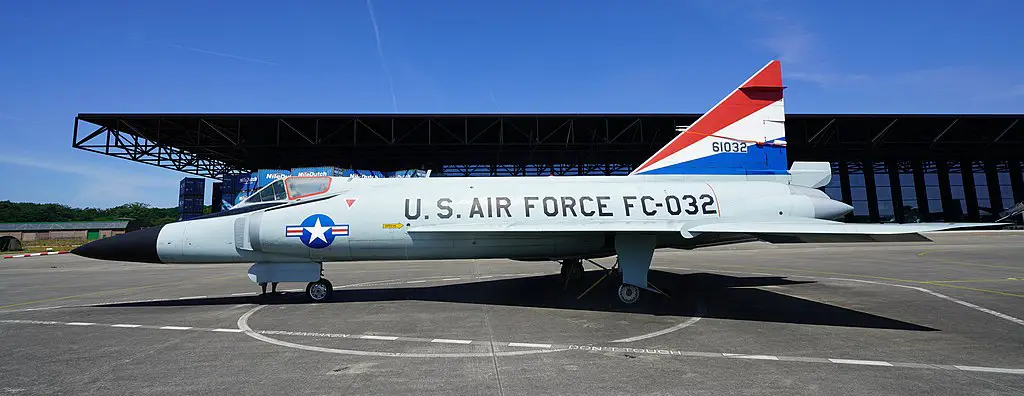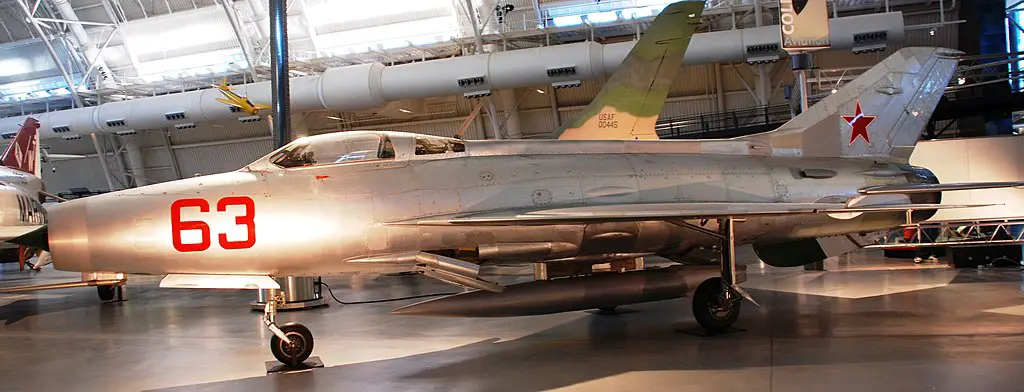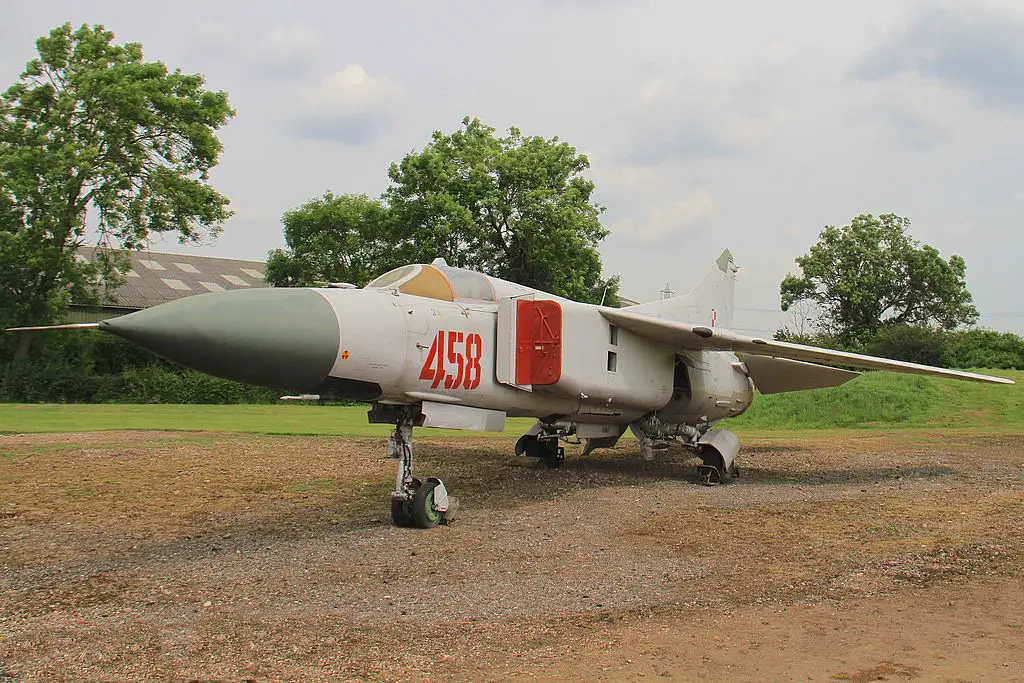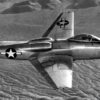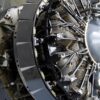The XF-92 was a trailblazing experimental aircraft developed by Convair, a division of General Dynamics, in the 1940s. It was the world’s first jet aircraft to fly with the radical delta wing configuration pioneered by Germany’s Dr. Alexander Lippisch. Its unique delta-wing design made it one of the first aircraft capable of supersonic flight, and it was envisioned as a prototype for the future of supersonic fighter jets.
Development history
The Convair XF-92 was developed due to the United States Air Force’s exploration of new supersonic aircraft technologies and designs in the 1940s and 1950s. General Dynamics’ Convair subsidiary designed one of the earliest aircraft to include a delta-wing layout, which was thought to be excellent for supersonic flight. Jet engines, still a relatively new technology at the time, were also a feature of the XF-92.
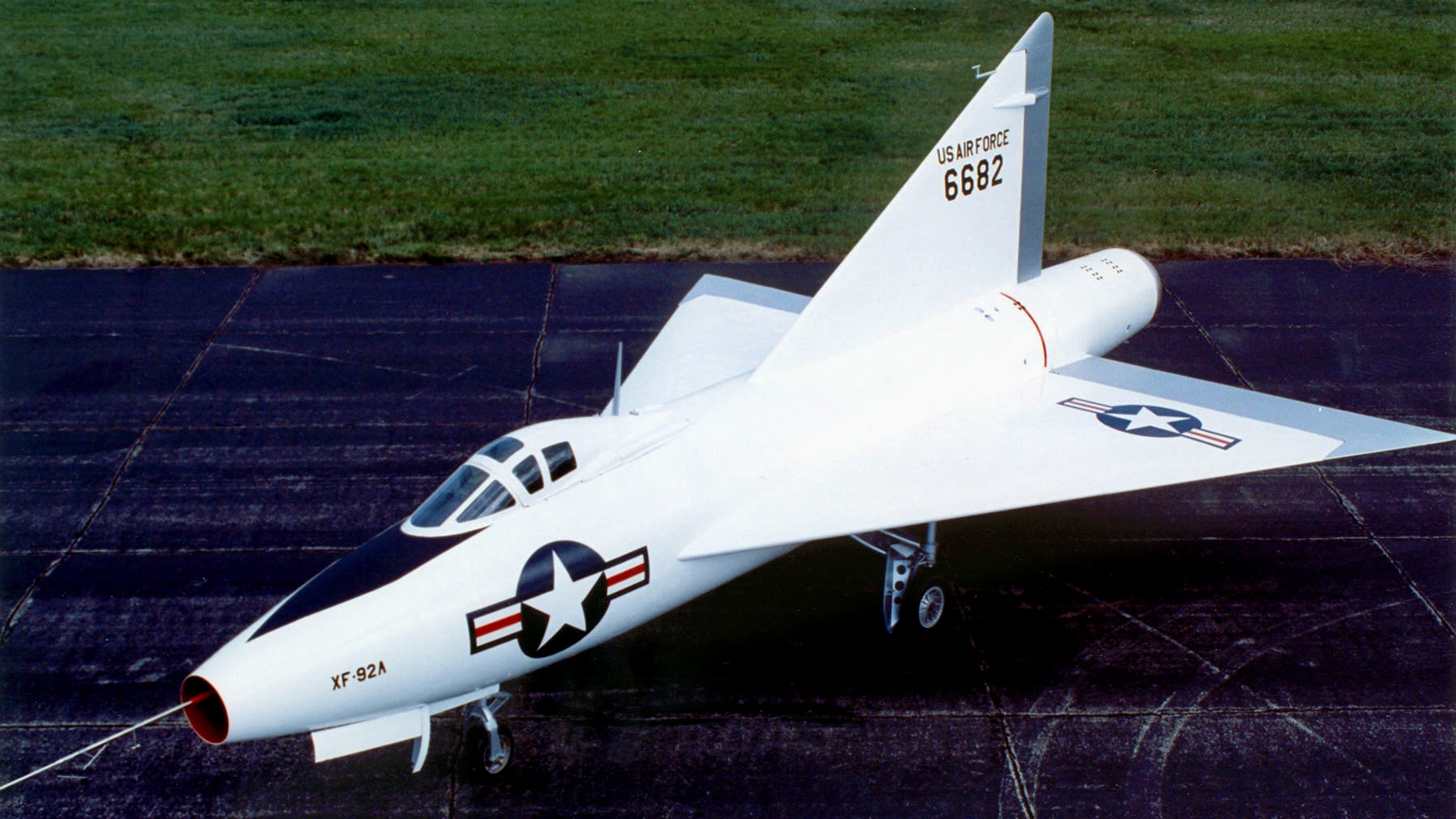
The XF-92 took its first flight in September 1948 after being revealed that same year. Unfortunately it ran into a number of technical obstacles during its test program, including stability and control problems that prevented it from achieving supersonic speeds. Despite these issues, the XF-92 contributed useful information to creating later delta-wing aircraft, such as the Convair F-102 Delta Dagger and the Soviet MiG-21.
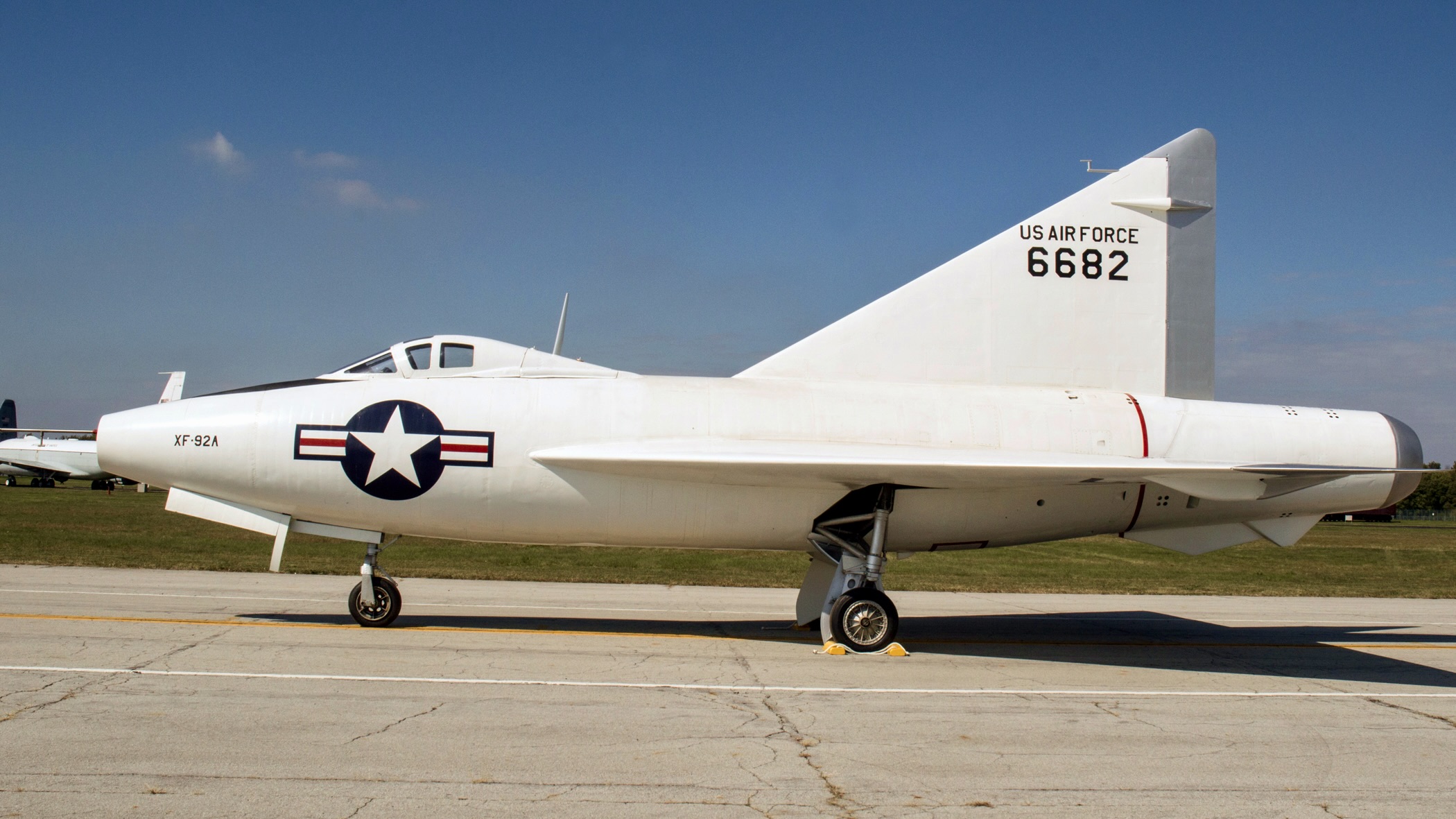
Issues
The XF-92 had several stability and control problems throughout its test cycle that stopped it from achieving supersonic speeds. The aircraft’s control system was determined to be inadequate, and it exhibited a propensity to roll and pitch abruptly. Early jet engines, which were still a relatively new invention then, were fitted to the XF-92. The airplane was generally unreliable since these engines were prone to failure and required constant maintenance.
The delta-wing design of the XF-92 posed various structural difficulties, including issues with flutter and buffeting. These problems kept the aircraft from operating at its full capability and contributed to its instability. The aircraft was created as a testbed for a new generation of supersonic fighter jets, but the materials and technology of the day constrained it.
The testing was difficult, and accidents were common.
The XF-92 ran into a number of stability and control problems during its initial flight in September 1948, preventing it from achieving supersonic speeds. Although the plane was able to land safely, these problems would persist for the duration of the XF-92 test program. A test flight involving an XF-92 ended in an engine fire in 1950. Despite the incident, the aircraft sustained considerable damage even though it was able to land safely.
None of the pilots had much good to say about the design. Chuck Yeager commented “It was a tricky plane to fly, but … I got it out to 1.05 Mach.” Crossfield was more direct, saying “Nobody wanted to fly the XF-92. There was no lineup of pilots for that airplane. It was a miserable flying beast. Everyone complained it was underpowered.”
A deadly accident occurred on March 15, 1950, during an XF-92 test flight. The structural failure of the aircraft caused it to crash, killing the pilot.
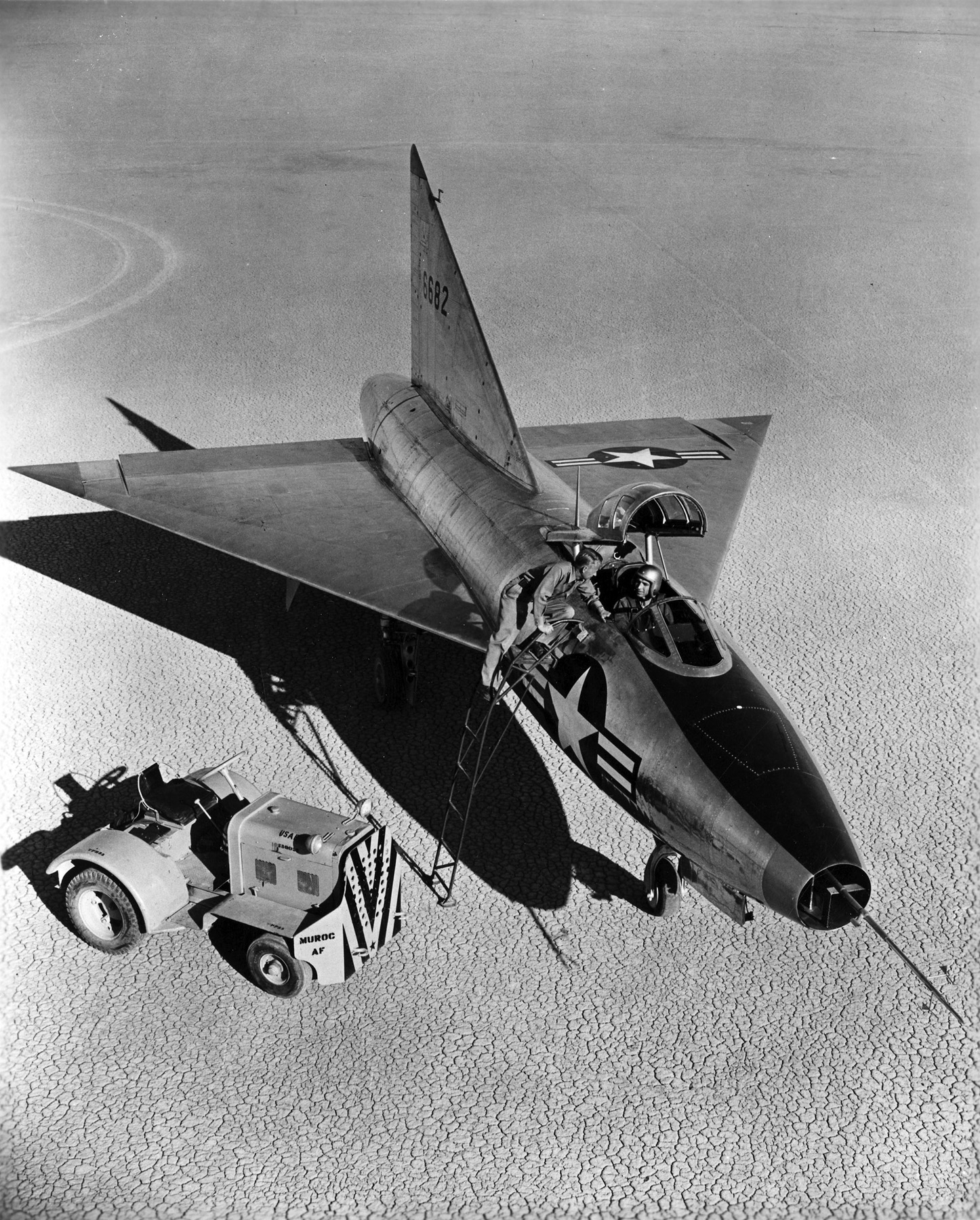
The USAF, however, accepted the turbojet-powered XF-92A prototype to conduct delta-wing flight research. The sole XF-92A was flown by Air Force and NACA (National Advisory Committee for Aeronautics), predecessor to NASA (National Aeronautics and Space Administration), test pilots from 1948 until its nose gear collapsed on landing in October 1953.
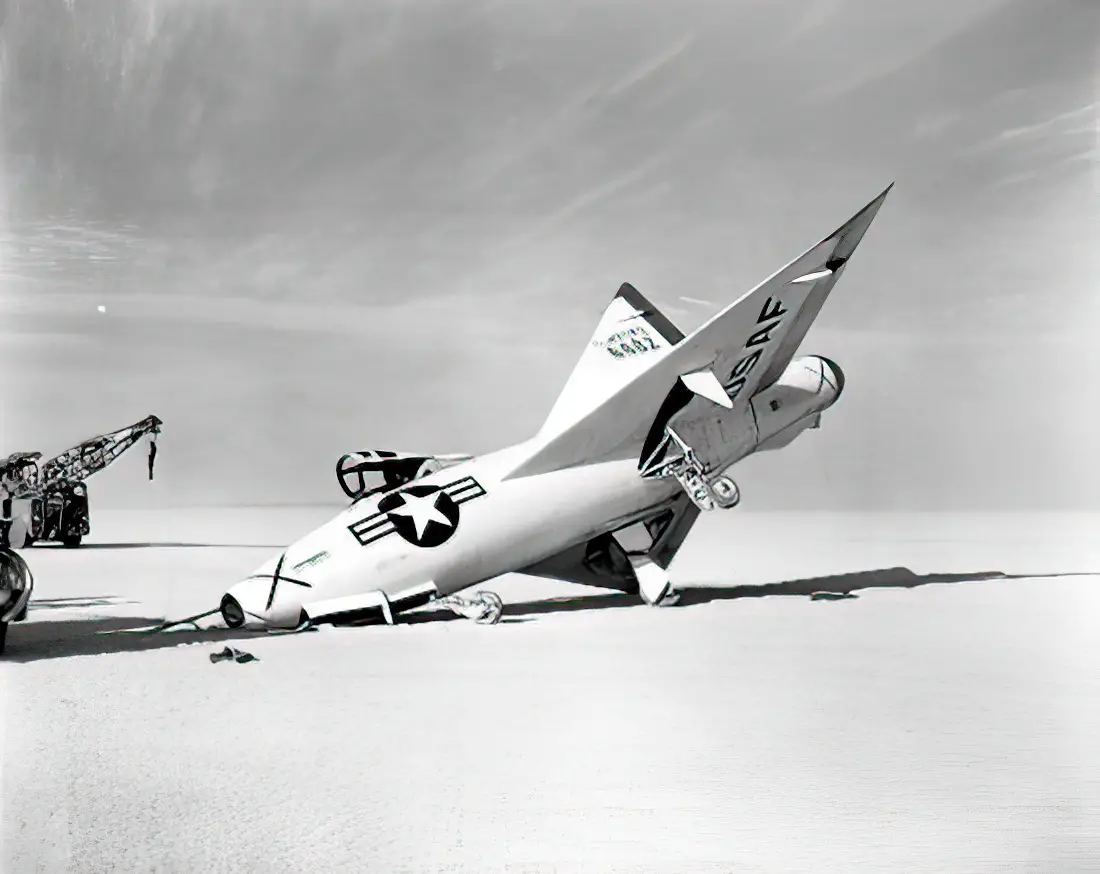
Cancelation
The XF-92 was ultimately determined to be too complex and unreliable for production as the United States Air Force switched its focus toward more practical and dependable aircraft designs.
Despite its termination, the XF-92 is still a significant aircraft in the history of supersonic flight and delta-wing architecture. Its revolutionary design and ground-breaking technology prepared the way for upcoming generations of supersonic fighter jets. The data acquired from its test program offered significant data for developing subsequent delta-wing aircraft.
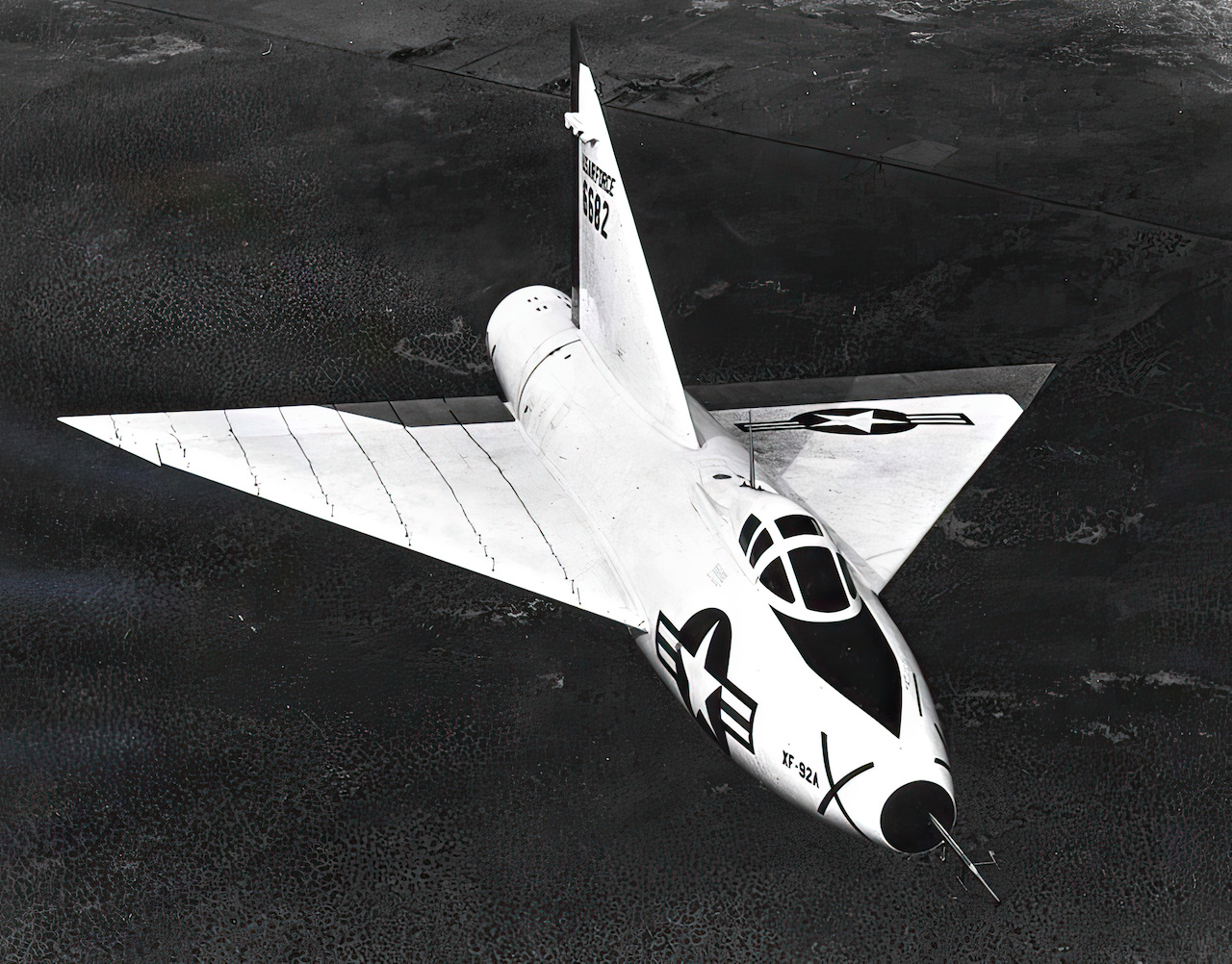
MiG 23?
It’s a well-known fact that the baddie planes in the original Top Gun movies were actually American F-5s posing as Mig-28s (which is a made-up model anyway). However, did you know that these F-5s were not the first American aircraft pretending to be MiGs?
That’s right; the XF-92 also played a role of a MiG for a movie called Jet Pilot (1957). A MiG-23, to be precise; however, it does not bear even the slightest resemblance to the real thing. Not that it’s anyone’s fault considering the real MiG-23 would be revealed decades later by the USSR.
